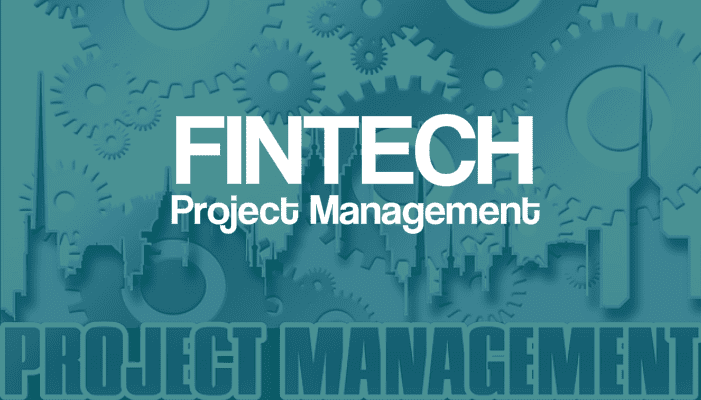The term project refers to a temporary endeavour that is intended to produce a unique product within a predetermined period of time. Projects are usually undertaken to meet unique goals of adding value to an enterprise. Project management involves planning, initiating, executing and controlling a team’s work to meet specific goals and success criteria. Finance institutions have discovered the importance of incorporating financial technology into their operations including project management. This has given rise to fintech project management. As part of our introduction to fintech project management, we bring you some of its salient characteristics.
Wide Possibilities
There is more to fintech projects than just functional design and delivery. You need to give yourself sufficient time to reflect as this will help you in broadening the horizons. Consequently, you will end up discovering new possibilities that you would not have otherwise discovered. A fintech project should, therefore, have a discovery phase involving workshops, focus groups, market research and product reviews.
Flexibility
Fintech project management makes it possible to deliver a complex project in an agile way. To achieve this capability, you will need to take some time and learn from experiences of others including the best practices that they apply in fintech project management.
Requires Cooperation among Experts
Fintech project management is not one of the things that can be done by people with a single expertise as it is naturally multidisciplinary. More importantly, the essence of an agile project management is to iterate, which means that the processes of testing and verification take place throughout the entire project. As such, you must have different skill-sets. You have to resist the urge to deploy business-only or IT-only teams. You will need a professional from almost all departments of your firm including IT, Marketing, business development, and innovation.
Priority of Customer Journey
In fintech project management, customer journey should be properly defined. As opposed to having a detailed an in-depth list of project requirements, prototypes and mockups are used to communicate each step of a user journey to the team members. At the critical path identification stage, you will need to balance schedule, scope, and cost. Above all, you must ensure that all the steps contribute to satisfying the customer journey as defined earlier in your project. In other words, you need to incorporate potential users from an early stage and do so throughout the process.
Must be properly phased
Good project management has the potential of speeding up iteration and decreasing time-to-market. Therefore, planning a well-phased project that is achievable is of great significance. In developing agile fintech projects, you will need classic project management techniques such as capacity based scheduling, critical path calculations, and risk analysis.
Creating a Positive Vendor Relationship is Essential
It is not enough that your project is up and running. Much more remains to be done to create a positive vendor relationship. At this stage, coaching, team leadership, and emotional intelligence become critical. You will require leaders as opposed to bosses to steer the project.



































